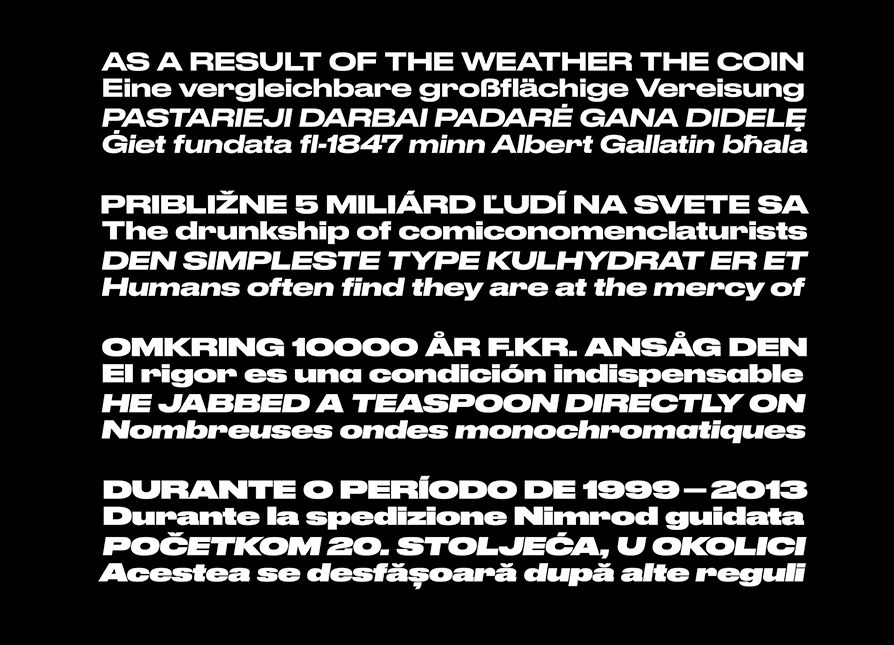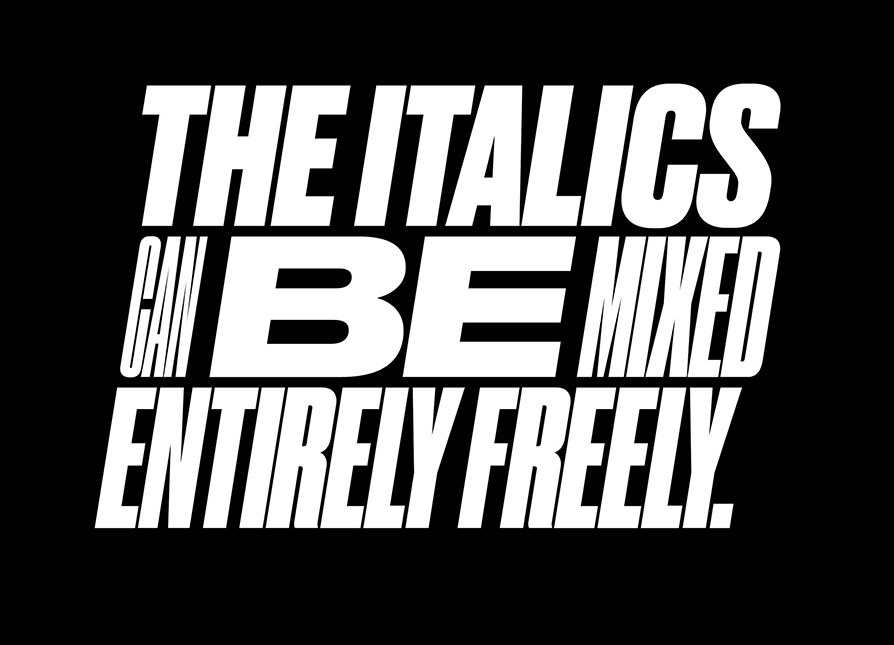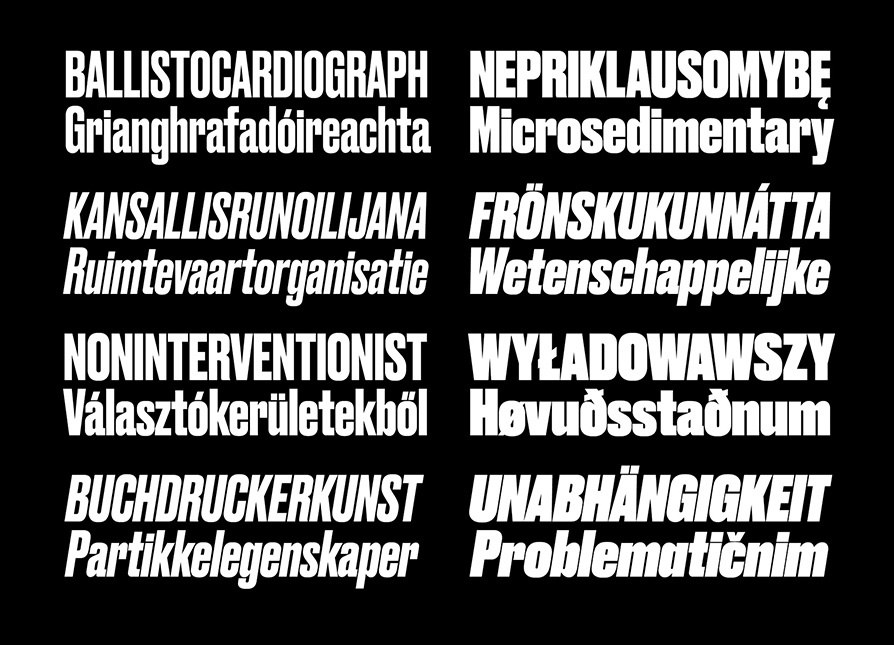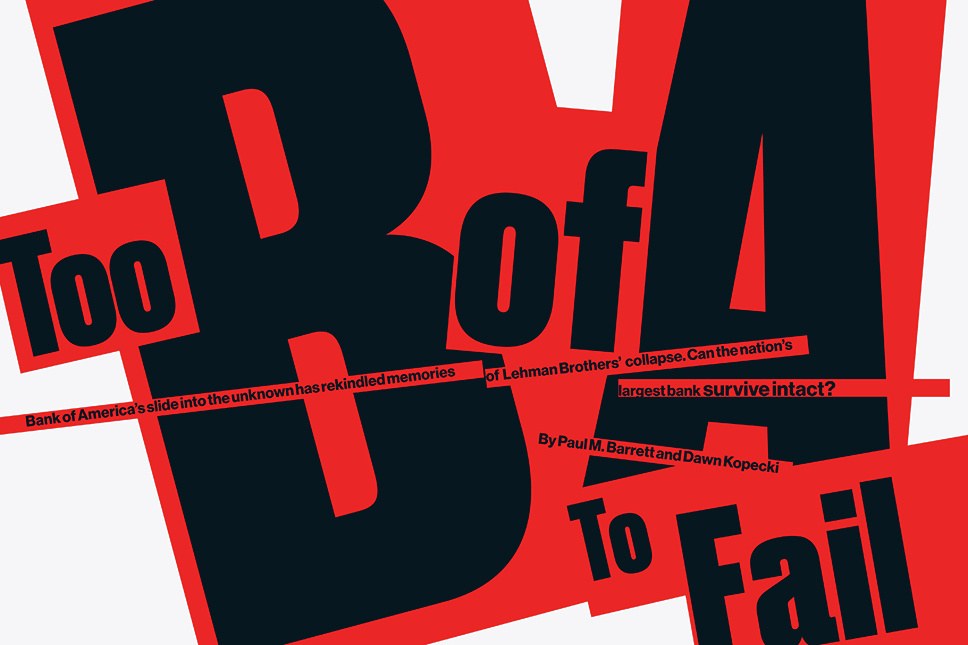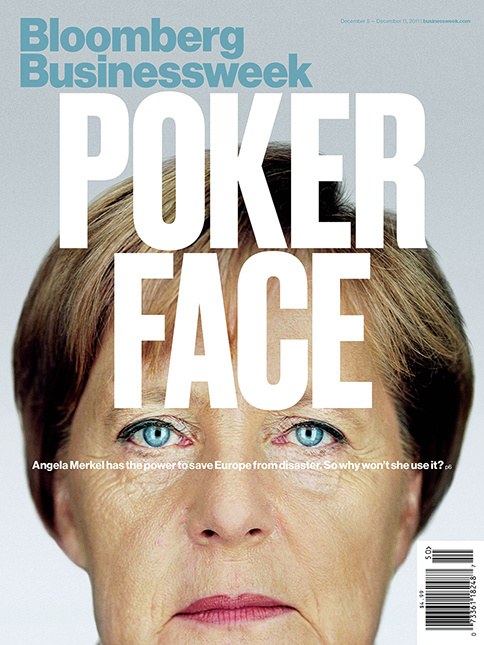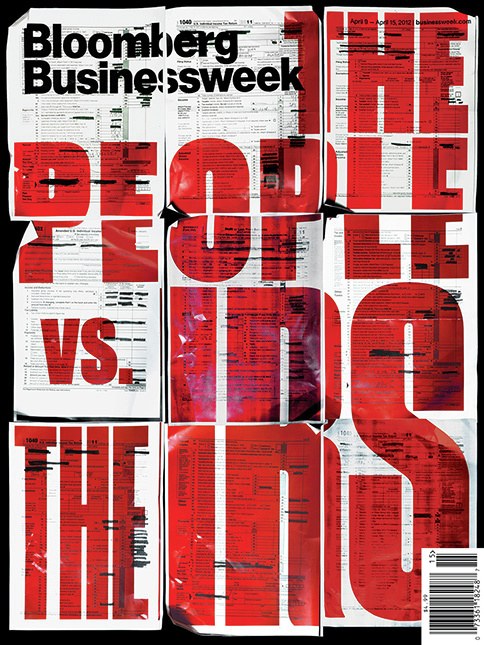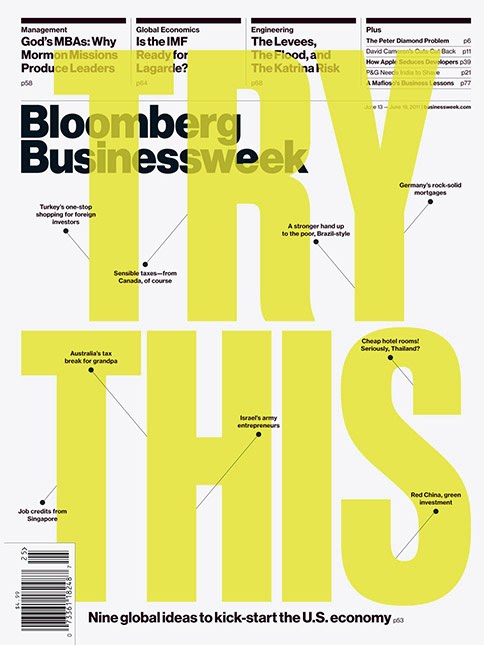Druk by Berton Hasebe
Designed by Berton Hasebe, Druk is a study in extremes, featuring the narrowest, widest, and heaviest typefaces in the Commercial Type library to date. Starting from Medium and going up to Super, Druk is uncompromisingly bold. Druk was designed without a normal width, nor lighter than medium weights, as Hasebe wanted to avoid shifting the focus of the typeface away from the most emphatic styles to accommodate more general-purpose usage. Like many typefaces, Druk has its roots in typefaces from the past: the sans serifs created in the 19th century onwards and popularised in the 20th century for expressive display typography. These were mainly used for posters and editorial design, and were often the loudest voices in the typographic spectrum. Unlike many new typefaces, Druk’s forms are inspired by the ways in which type was used in the past, rather than the way the typefaces themselves were drawn or cut. As such, Druk is conceived to offer new possibilities to graphic designers that other typefaces can’t. Its three widths can be mixed together for bold and expressive typographic treatments. Each style has a matching italic, all of which are at the same angle, so they can be mixed freely regardless of width.
The sans serif letterform of the 19th century evolved in many different ways by the end of the century. The first condensed forms, found in the 1830s in Britain, quickly spread all across Europe. Some of the most interesting examples were found in Germany and Switzerland. Often flat-sided, these Continental condensed sans serifs allow very tight setting, which was popular for headlines. These later became a staple of sixties headline typography in magazines such as Twen, the German style magazine art directed by the legendary Willy Fleckhaus in the 1960s, which is still an enduring influence on editorial design to this day. Hasebe created Druk for Richard Turley at Bloomberg Businessweek, adapting the attitude and roughness of these old condensed sans serifs for contemporary use. After using a staple diet of Neue Haas Grotesk and Publico for two years, they wanted to add a typeface that would look both exciting and distinctive in and of itself. The result was Druk, which went on to play a major role in many of their iconic covers. Its initial use as a companion to Neue Haas Grotesk demonstrates that it works equally well with any number of other sans serifs, including Atlas and Graphik.
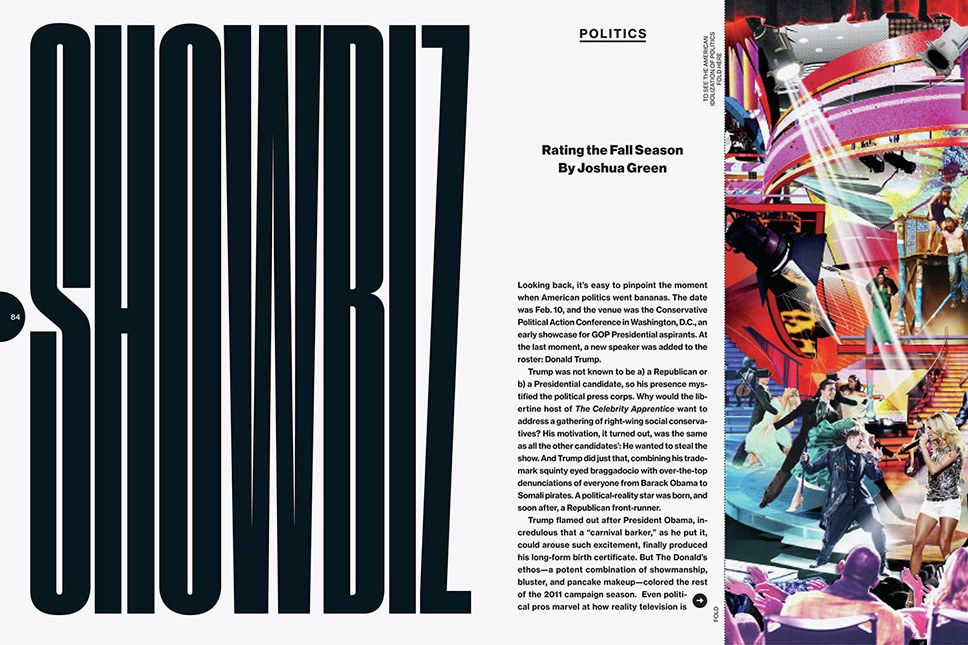
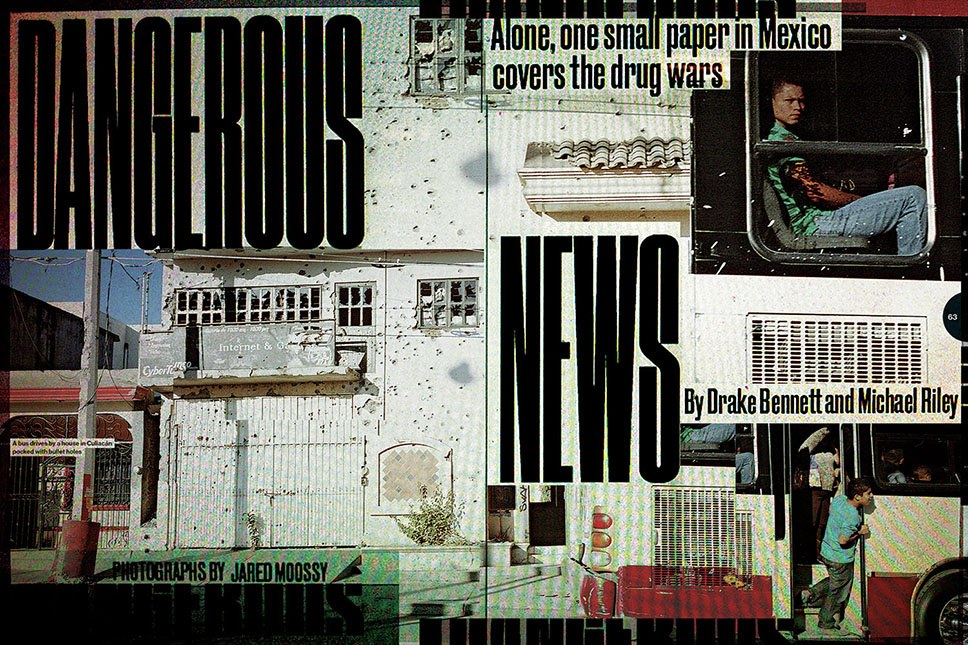
Of the families in the Druk collection, Druk Condensed is the most explicit homage to Willy Fleckhaus. Originally designed for the 2011 “Year in Review” issue of Bloomberg Businessweek, its flat sides make letters and words snap together in a clean and satisfying way. Druk Condensed features three widths in the same Super weight. The Condensed and X Condensed are very graphic, and the XX Condensed can appear almost abstract. Hasebe introduced a purposeful and subtle change to the texture of the typeface by preventing terminals and crossbars from lining up too often on the horizontal axis. This keeps an emphasis on the verticality of the letterforms and prevents words and headlines from becoming monotonous. The maximum point size for this family is limited only by the size of the page; however, minimum sizes should be respected. The Condensed does not work well below 40pt; X Condensed should be used only at 48pt and above; and XX Condensed is limited to 72pt and above.
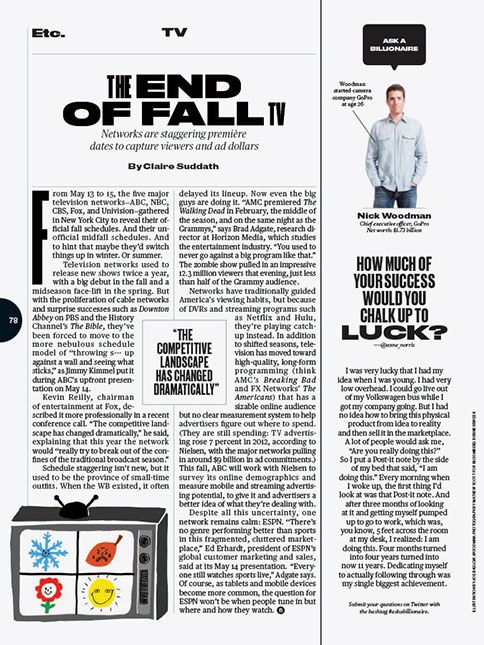
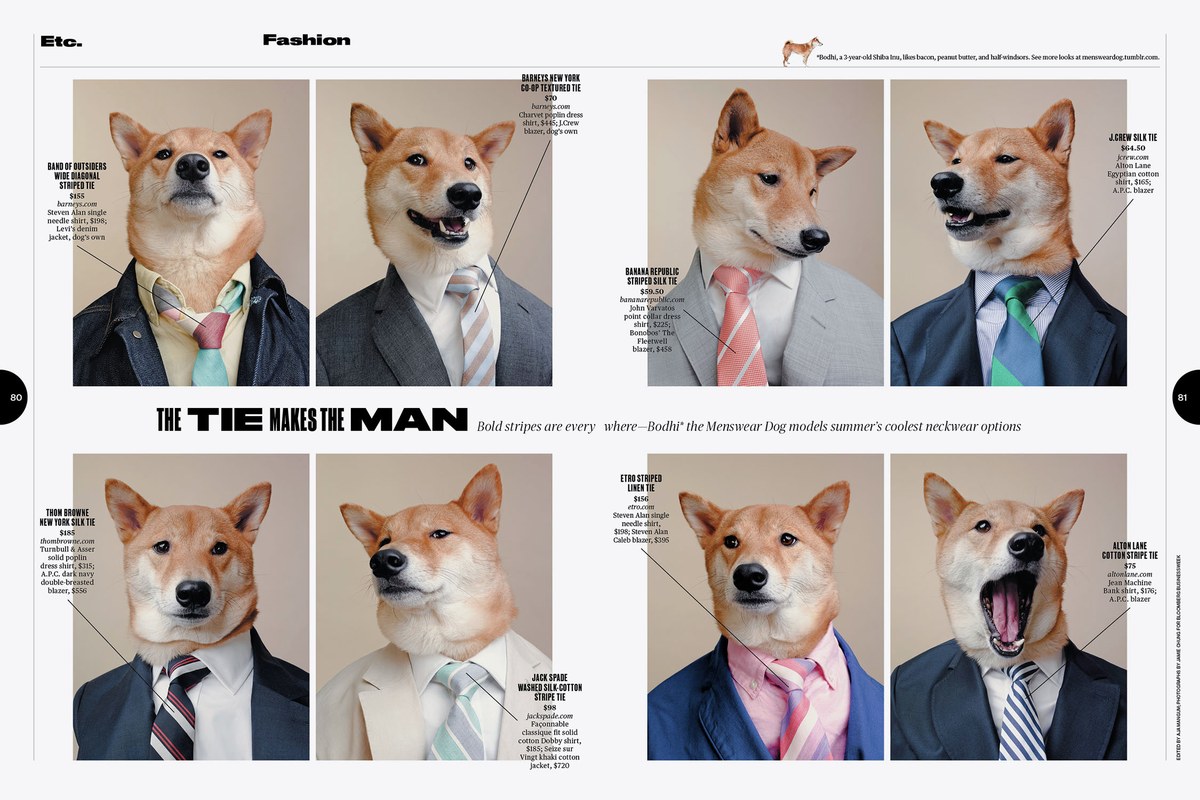
Designed for the 2013 retooling of the style and culture-focused Etc. section of Bloomberg Businessweek, Druk Wide is first and foremost an homage to the way Dutch graphic designers of the early- to mid-20th century commonly used wide, bold sans serifs (Annonce Grotesk and others) to add a strong typographic hierarchy to their work. A prime example of this usage is Willem Sandberg’s set of catalogs for the Stedelijk Museum in Amsterdam.
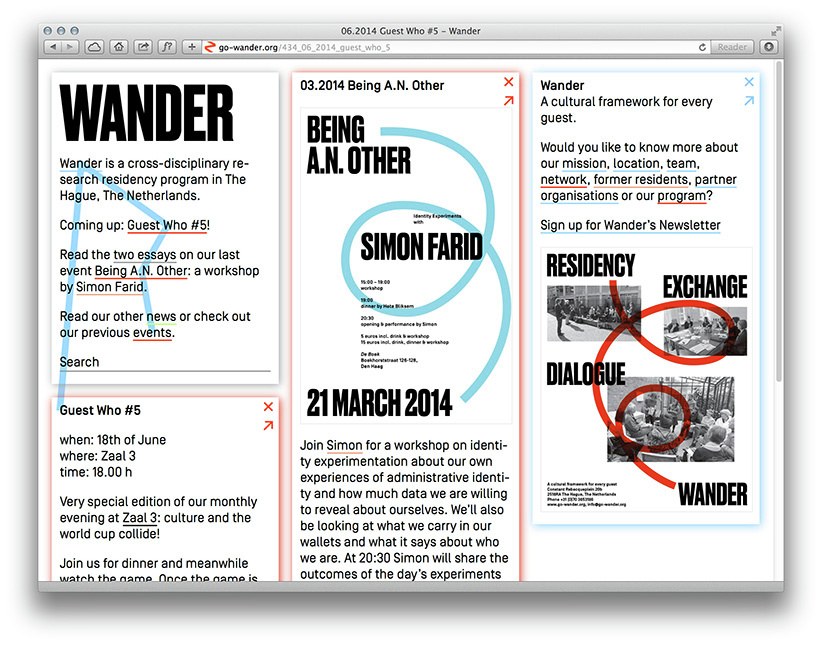

All 22 styles in the Druk collection have been manually hinted for use on the web, and can be licensed for use in mobile apps as well. Our friends at Atelier Carvalho-Bernau used Druk for the print and online identity they designed for arts organization Wander in the Netherlands.
